Why did rust appear on the currants and what to do?
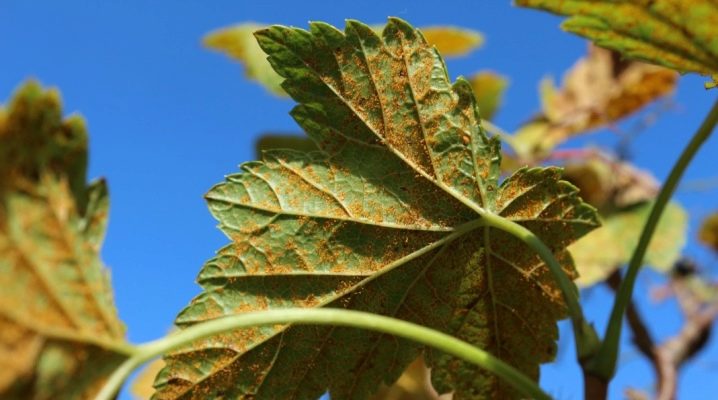
Currant is a perennial plant that can please gardeners with a generous harvest. The advantage of the shrub is that it does not have any special care requirements. However, with a weak immunity, the plant is quickly exposed to various diseases, among which rust is especially distinguished. What causes the appearance of the disease and how to be in this situation, it is worth considering in more detail.
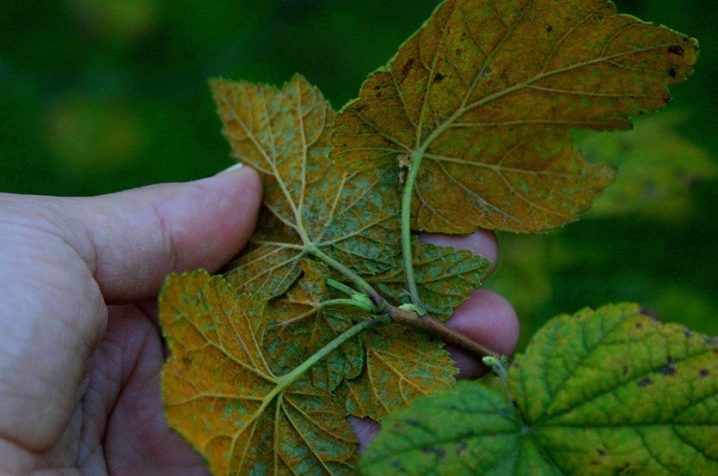
Views
Rust is considered the most common disease that currants have to deal with. In addition, the disease is recognized one of the most dangerous for the shrub, since it is because of it that foliage falls and crop loss occurs. If you do not take care of the treatment of currants in time, the probability of the death of the plant is high.
Rusty or black spot is caused by a fungal-type infection. Scientists have identified several types of such fungi that can lead to the appearance of orange spots on the leaves.
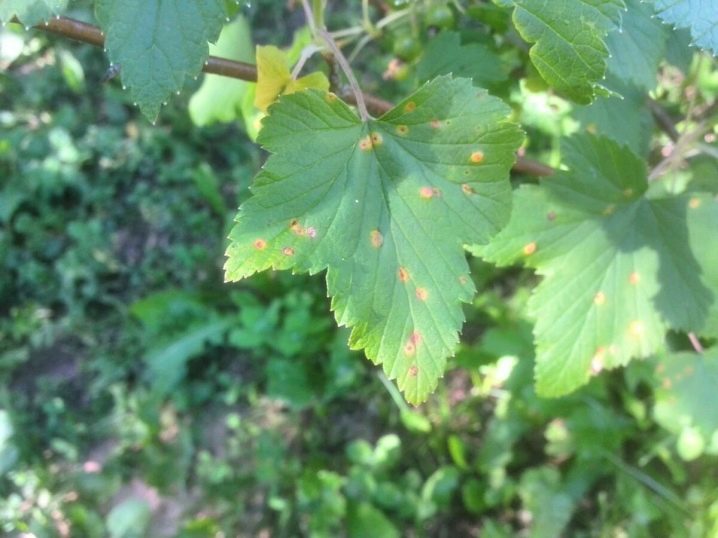
It is worth considering in more detail the most common varieties.
Goblet
The fungus Puccinia ribesicaricis is responsible for the formation of this type of rust. Basically, the development of the disease occurs in the spring, when the fungus finds a place for itself in the lower part of the leaf plate. Further, the disease gradually spreads, capturing the entire plant.
Fungus is a dangerous disease. This is explained by the fact that in the early stages of its development, it is difficult to detect the disease. Rust begins to cover the leaves only closer to the first days of June, and already in the middle of summer the foliage completely falls off. The characteristic symptoms will be as follows.
- Formation of orange dots at the bottom of the plate. They can often be found along the veins. If measures are not taken in time, they will become more noticeable, acquire volume and begin to increase in size. Over time (closer to July), the dots will become growths and will look like small glasses. Subsequently, a rusty powder will pour out of them. If the disease is completely abandoned, the spots will darken and begin to grow.
- Yellow depressed spots will appear on the outside of the leaf plates, which will gradually merge until the entire leaf turns yellow.
- Leaves become stiffer to the touch, begin to change shape and bend.
- Diseased shoots stop developing begin to deform and dry out.
Over time, the disease begins to attack the formed ovaries. Berries acquire a white bloom, such fruits cannot be eaten.
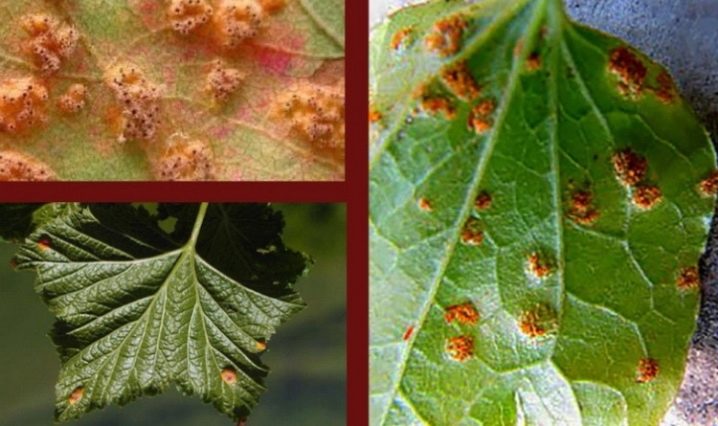
Columnar
This type of rust is caused by the fungus Cronartium ribicola Dietr. The infection begins to attack the currants from the leaves and gradually spreads throughout the bush. Consider the characteristic features.
- On the outside of the leaf plate, with a fungal infection, small spots of a light yellow hue begin to form... The shape of the spots is irregular; over time, they fold into a mosaic on the surface of the sheet and turn orange.
- On the inner surface of the sheet, growths appear in the form of stripes or spots of light yellow color. Gradually, they acquire a rusty hue, and then completely darken. At the end, the spots turn into columnar formations, turn brown and form many spores. Leaves affected by the fungus deform, dry out and fall off.
- As the disease develops, the disease begins to affect the branches of the bush, ovaries and shoots.... The plant also becomes covered with spots, and then growths containing spores.
It will be possible to detect the first signs of this disease only closer to the middle of the growing season of the plant. Rusty spores appear by the end of summer or closer to the first days of September.
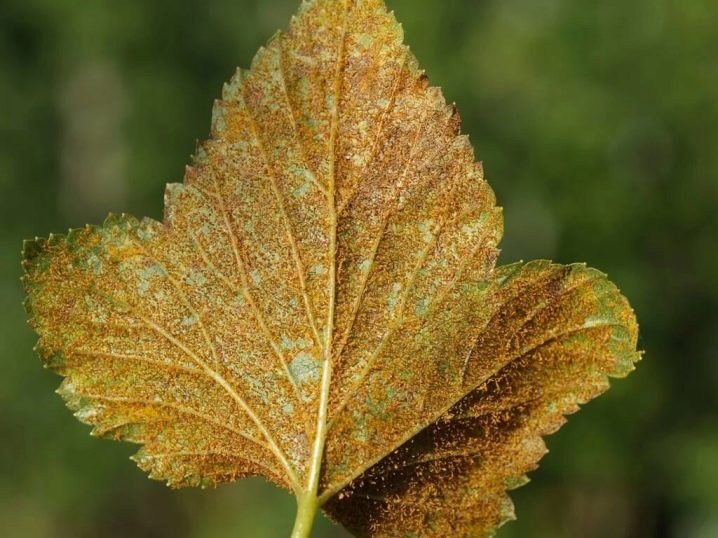
Reasons for the appearance
Rust on red or black currants can occur for a variety of reasons. Let's highlight the most common ones.
- Neighbors in the form of conifers. Often they act as carriers of a disease that is dangerous for the shrub.
- Untimely weeding... Intermediate carriers of goblet rust, for example, are often marsh plants, especially sedge.
- Last year's foliage... If not removed in time, it can become a carrier of the fungus, since spores often hibernate in the remains of vegetation.
- Insects... Pests not only eat currants, but also reduce the plant's immunity by transferring fungal infections. So, spider mites and aphids often become carriers of diseases dangerous to shrubs.
- Wrong landing site... The choice of swampy areas, as well as places with a high level of groundwater will lead to the development of various types of fungi that can affect both currant leaves and the plant as a whole. High humidity is often one of the reasons for the development of fungal spores.
- Prolonged rain or other types of precipitation... Such weather conditions negatively affect the immunity of black and red currants, lowering it and promoting the development of the fungus.
- Wind... Often, the fungus settles on the leaves of the bush due to the wind. It is especially dangerous if there are plants on the site in the form of conifers or marshy grasses.
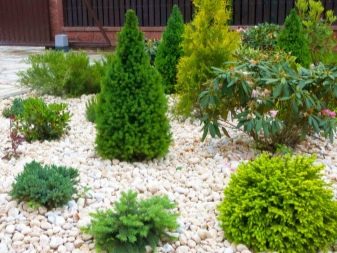

Rust is a rather dangerous disease that not only spoils the appearance of the plant, but also worsens the yield indicators and leads to the death of the shrub. The consequences of the development of the disease are as follows.
- Loss of crops. A diseased plant practically cannot form fruiting ovaries. Most of them dry up and fall off over time, and the fruits affected by the fungus become unusable.
- Disrupted photosynthesis. The plant stops developing.
- Falling foliage... On average, currants lose up to 50% of their leaves. Young shoots also often fall off.
- Decreased immunity. The plant becomes less resistant to frost, in most cases such shrubs do not survive the winter and die. In addition, currants are more often attacked by insects and other diseases.
If you do not start to fight the fungus in time and do not take up the treatment of the shrub, the disease can live on the plant for more than 5 years, leading to its death.

Treatment
To breed rust on a plant means to lead to the imminent death of the currant. If the shrub is not cured in time, it will quickly lose its yield, and soon it will die altogether.... There are different ways to treat currants if they are sick.
Folk remedies
First of all, folk remedies will help in the treatment of currants. Among the most common are the following options.
- Powdered baking soda. To process a shrub, baking soda must be mixed with water and liquid soap. After the finished solution, you need to water the affected leaves and branches.
- Manure... An organic fertilizer that effectively helps fight rust. To get rid of the disease, it is necessary to prepare a solution of manure and water, and then defend the resulting mixture for 3 days. At the end, the solution is again diluted with water. Only then can currant bushes be sprayed.
- Garlic... In this case, you should stock up on a glass of pre-peeled garlic cloves. Three days before use, they need to be poured with several liters of water, then filtered. Processing involves spraying currant leaves. Traditional fertilization will also help ward off most pests.
- Whey, kefir or yogurt. Before using fermented milk products, they must be mixed with water.Treatment with biological products is best done in cloudy weather or in the evening, so that the product has a positive effect and has time to be absorbed into the stems of the bush. It is not worth doing in the bright sun.
You can protect currants with almost any folk remedies. Regardless of the chosen method, in order to save the currants, it is also worth taking care of the observance of agrotechnical measures. Timely and proper care of the plant will help preserve the harvest and strengthen the immunity of the currant.
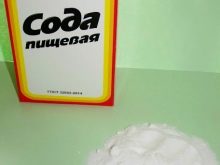
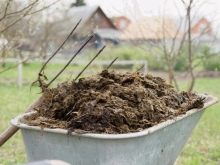

In order to prevent the development of rust, it is recommended not to plant shrubs near conifers, as well as marshy grasses. Additionally, you should take care of the soil: it must be loose and well ventilated.
Chemicals
Rust is a dangerous disease for currants. However, with early detection, the chances of saving the bush increase. If folk remedies do not help, then chemicals are used.
- Previkur. It is a fungicide that can protect the plant not only from rust, but also from root rot and other diseases. Also, the drug acts as a growth stimulant, increases the stress resistance of the plant.
- "Speed". Contact fungicide, which is used mainly for the prevention of rust and other diseases. It will not work to treat the disease with a drug, it is more for indoor plants. It is recommended to carefully study the instructions before use. Prevention "Skorom" is carried out mainly during the flowering or fruiting period.
- Fitosporin. A drug in demand among gardeners, plus of which is the successful destruction of most types of fungi. Sold in specialized stores in the form of powders, pastes and solutions. The drug does not harm the plant in any way. It is recommended to spray shrubs in the morning or in the evening so that the sun's rays do not burn the leaves and stems of the plant.
- "Topaz". A preparation aimed at fighting rust. When used correctly, it prevents the development of disease and spores, so the fungus has no chance of reproduction. The advantage of the drug is that it is quickly absorbed into the leaves and stems, so you can spray the currants in almost any weather. In addition, the product is resistant to temperature extremes, therefore it is considered quite effective.
- "Cuproxat". The preparation contains copper, which has a positive effect on the stems and leaves of the shrub, destroying the fungus from the inside. The drug is released in the form of a solution, which is recommended to spray the plant in the morning or in the evening to prevent burns.
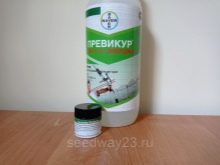
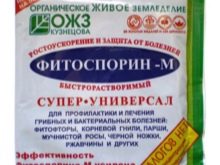
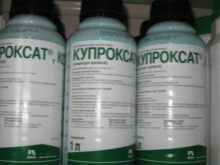
Processing currants with chemicals requires a responsible approach and adherence to simple rules. First of all, before using special tools, you should carefully study the instructions, which contain basic information about:
- drug consumption;
- ways of using;
- processing time.
Additionally, it is worth immediately removing the affected leaves and shoots from the bush, which also need to be burned to prevent the spread of spores by wind or insects.
It should be noted that some gardeners are quite negative about the use of chemicals. Usually, folk remedies are preferred first.
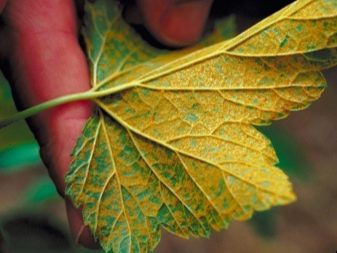

Prophylaxis
Proper care of currants will reduce the likelihood of the appearance and development of rust. The main preventive measures are as follows.
- It is recommended to plant shrubs at a distance. at least 1 m apart.
- Deformed or broken branches it is better to cut off immediately. The same applies to dry shoots, which only thicken the crown and reduce the plant's immunity.
- In the fall, fallen leaves are necessary collect and burnto prevent rust spores from spreading.
- On average, 2-3 times per season it is necessary to carry out loosening the soil in the root circle... It is also recommended to regularly weed the area with currants.
- During the spring and autumn periods, care should be taken about digging the root circle. The depth should not be less than 5-7 cm in order to saturate the earth with oxygen and prevent the development of rust.
- Before buds begin to swell on the branches, pour boiling water over the bushes. The procedure is aimed at eliminating the fungus in the early stages.
- Outdated or low-yielding plantings should be replace with new slots with stronger immunity to environmental influences.
- In the process of feeding, preference should also be given nitrogen fertilizers. Before use, you must carefully study the instructions.
Additionally, gardeners recommend fertilizing currants with phosphorus-potassium compounds. Such care will increase the resistance of the shrub to frost.
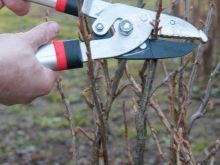
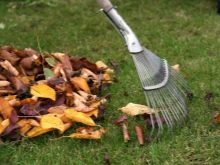
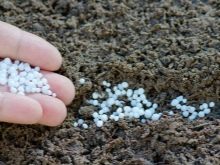









The comment was sent successfully.